A Creative Way to Outsmart Doomsday: The Power of Process Art

In a loose adaptation of Shakespeare’s ‘Taming of the Shrew,’ the 90’s cult classic ‘Ten Things I Hate About You', does a lovely job of exemplifying the limitations of modern language in a memorable scene between two teenage girls discussing the difference between ‘love’ and ‘like.’
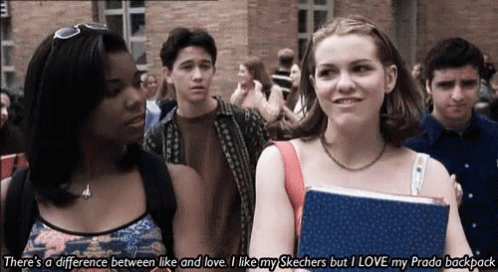
Bianca: There's a difference between like and love. Because, I like my Skechers, but I love my Prada backpack.
Chastity: But I love my Skechers.
Bianca: That's because you don't have a Prada backpack.
While laughable, Bianca and Chasity show the problem with the limitation of our modern expressions. We use big words like love, God, and art; all of which bring about almost indefinite associations and meaning, which tend to override the actual definition, depending on who, how, and when the words are used.
This creates a lot of misunderstanding when it comes to more important topics outside shoes and backpacks.
So, to ensure we’re all on the same page, and not lost in translation, we need to re-define what ‘art’ means in this discussion, what it doesn’t mean, and why it's important to the fate of our world.
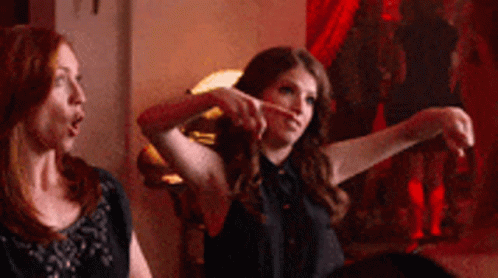
The Future of the World according to Jacques Attali
The world had a moment of resurgent interest in Attali's writing after he accurately predicted the global pandemic. In his book, A Brief History of the Future, he describes how the world will unfold until 2050 and beyond. He starts his thesis by saying:
"As I write this, the shape of the world in 2050 and its likely configuration in 2100 are being determined. Depending on how we act today, our children and grandchildren will either inherit an enhanced, inhabitable world or else will toil, loathing us, in a sort of hell."
The old French economist and presidential advisor has an interesting approach to predicting the future, and so far he's been on the money. His book describes, at a high level, how the world ends up at a crossroads right about now and then goes on to describe the two ways the rest of the story plays out.
The first option is quite awful, and he spends most of the book depicting exactly what this entails.
The second option is quite wonderful, and he spends a small section describing that future. The non-hell option depends on a wild variable: us.
He says that if the collective comes into an awakening of sorts, both spiritually and creatively, then we have the grand opportunity to exit an ancient pattern and begin to embark on a new, enlightened planet. This is very possible in his estimation. For someone who spent his whole book talking about the money, military, politics, and mechanics of global change, I was stunned to read what he finds is the game changer to ensuring we embark on the higher path together: creativity and art.
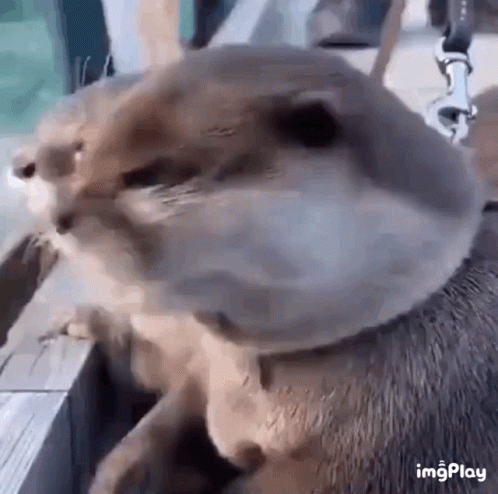
In his estimation, creativity, art, and especially music are key players to the awakening and the energetic shift needed to lead us into a better world. Now if you want to read all the nitty-gritty of it and understand how he got there, feel free to read the book.
I'm simply here to tell you that whether we embrace the complexity or not, even the doomsday guys believe that art has a role in putting off the impending downward spiral of the planet. A serious role.
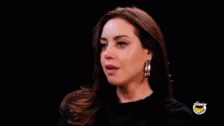
"I'm Not Creative" and Other Lies We Live By
“The real function of art is to change mental patterns, making new thoughts possible.” - Jean Dubuffet
"Art" means many things to many people. For some, it immediately conjures up memories of class projects, childhood activities, or perhaps an old hobby they used to dabble in.
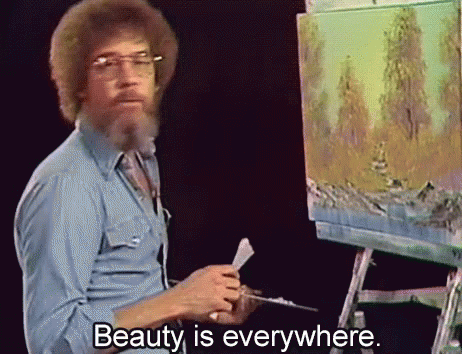
For others, art is a craft, a profession, or a technical pursuit of visual perfection. In times past, art has been used as a form of record keeping, passing on traditions, or simply a form of practical communication. Art today is something we hang on the walls or something we’re inspired by at museums, or occasionally a symbol of pushing cultural limits with rebellious new interpretations of ‘creative expression.’
While all of these exist under the same word, ‘art,’ none of these definitions or associations will do when it comes to defining and understanding what makes process art such a powerful tool for inner-world development.
One of the most common responses I’ve heard when mentioning Process Art is, “Oh I’m not the creative type,” or “I’m not an artist,” and “I haven’t done anything like that in ages.”
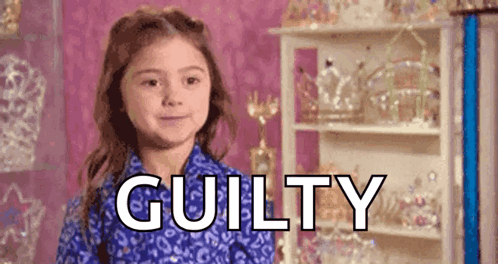
If that's you, I will have to ask you to gently place the old collectively held assumptions of ‘art’ and ‘creativity’ aside and venture into a fresh understanding.
What Process Art is NOT:
“Good art is not what it looks like but what it does to us.” - Roy Adzak
It is NOT something for “Artists”
While artists can and do use this tool well, process art does not require you or anyone else to identify as an ‘artist.’ As my professor once told us during training,
“I hope none of you showed up today as an artist. I’m not interested in seeing works of perfection today, and none of this training will work well if you approach it as an ‘artist.’ This is the work of the soul; imperfection is imperative.”
Process art works best if you're not trying to make money off of it or impress anybody. This isn't about being 'a good artist' or 'a good anything'.
Process art is about your soul. It's about communicating with yourself through a language you don't realize you already speak. And the voice that speaks this language has a lot of important things to say right now.

“If you hear a voice within you say ‘you cannot paint’, then by all means, paint, and that voice will be silenced.” - Vincent Van Gogh
It is NOT just for Creative Types.
Before we grew up, before we started self-identifying with our varied labels, before we knew to judge ourselves in this way, we were all creative types by way of simply playing and creating.

Children create. They don’t know yet to judge their finger painting as good or bad. They only know how much they enjoyed the feeling of it, which colors they liked most, and the impulse to share their bold creations. As adults, identifying as creative is not a prerequisite for engaging in the activity of creating. Whether we identify with this label or not, we all are wired to engage in the act of creation.
“The discipline of creation, whether it be to paint, compose, or write is an effort toward wholeness.” - Madeleine L’Engle
It is NOT about the quality of art.
I often hear hesitation to begin, share, or stay present with the art-making process that is preceded by statements like, “This looks terrible but...,” “This is such a mess,” “Please excuse how silly this looks,” and so on. While it’s become natural for us to judge and evaluate ourselves in this way with other tasks and presentations, the process art is not about the ‘visual quality’ of the creation.
In this approach, we’re moving away from the mindset of ‘arrival, perfection, and evaluation’ to ‘communication, experience, and understanding.’ Therefore, with inner-world development practices, process art is about engaging a form of language, and engaging the powerful tool that already exists within you to expand your soul.

“The aim of art is to represent not the outward appearance of things but their inward significance.” Aristotle
It is NOT an evaluation.
Many of my peers jokingly would say to me, in response to my work, that they don’t want to show me any of their creations because I might ‘shrink’ them. Another fun misconception built from tv shows and movies shows art as an evaluation, a way to read your mind and make conclusions about your mental health. This is not how process art is used with inner-world development. The classic misconception of someone seeing your drawing of mountains and concluding you may have a fear of heights, does not exist in this realm. Quite the contrary. Although process art does lead to a surprising amount of unexpected soul discoveries, I have yet to find something that compares to it.

“As my artist’s statement explains, my work is utterly incomprehensible and is therefore full of deep significance.” - Calvin & Hobbes
It is NOT as scary as it sounds.
For some, it’s been ages since they engaged in a creative outlet or activity. Instinctual fears, insecurities, and defenses against the unknown can arise. Delving into process art is essentially delving into one’s self, and is an active step away from the structured linear world of the masculine that is familiar and stepping towards the unknown, abstract world of the feminine.
While this move is bound to bring incredible benefits, the shift in and of itself can feel scary. This is normal. One of my favorite aspects of utilizing process art as an inner-world development tool is that, whether you realize it or not, you’re in charge of the process. The body and soul will always offer up exactly what you need in the moment, and never an ounce more. To push past the fear of the unknown when it comes to creative expression is to begin to trust yourself again. The beauty is, we're all born to create. It's a gift you already have inside of you. And, we’re all built to heal and expand. It’s a process. Art plays an incredible role.

“Every child is an artist, the problem is how to remain an artist once we grow up.” Pablo Picasso
What Is Process Art and How Does it Save the World?
Process Art is a form of ‘art making’ or creative expression. It’s a process by which the brain, body, and soul communicate to you, from you, and through you. It is the place of wonder where the subconscious communicates with the conscious, the right brain with the left brain, where masculine energy joins the feminine, the brain connects to the body, the thinking mind with the feeling mind, the intuition of the soul intertwines with the wisdom of the body, and messages appear from the creator to the creator.
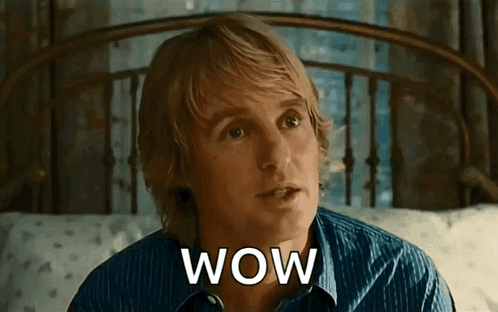
With the proper guidance, a little education, and a good prompt, this tool navigates the inner world like an expert guide, saving you time, offering you life-altering experiences, and creating results in the real world.
I have personally used this method to understand and implement my own path of healing, including trauma resolutions, identifying my own gifts and strengths, recovery from ongoing difficulties such as death, loss, and breakups, to finding my soulmate, building the courage to take unthinkable risks, to travel the world and live my own adventures.
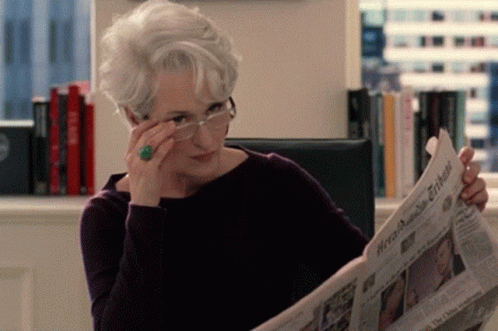
Through this method of process art, I’ve worked professionally with the most interesting people from all over the world, and have used it to connect profoundly with my family, friends, strangers, and even a few of my (once) nemeses. You may have noticed from these articles that this process has become a major part of who I am and how I live my life. There is something incredible to discover here and it is now part of my agenda to share that with you, the Game Changers.
After accomplishing what I set out to do in private practice, I set off on a mission that led me to the business world once again. I knew that this process was successful in structured environments in psychology, education, and religion/spirituality. But I wanted to know, 'Does this process work for business? Leadership teams? Can it actually help to produce impact, financial or otherwise? Can it help produce tangible results in the outer world?'
The answer is yes.
This question, and its answer, help explain why Attali thinks something as culturally dismissable as art has the power to help change the course of our future. There is a Movement that has already begun to accomplish this (more on that soon).
That's why I want you, as Game Changers, to understand this tool that's available to you.
Everyone speaks the language of art, you just forgot with age.
Every physical body and metaphysical soul receives undeniable benefits for the brain, heart, and health just by simply engaging in the act of creation.
When we add the process piece to art making, magic happens.
“To practice any art, no matter how well or badly, is a way to make your soul grow. So do it.” Kurt Vonnegut
So Wait- How Does this Change the World?
Great Question. You can look forward to the answer in part 2, coming to you next week.
Until then, let me ask you this: Have you painted your flowers yet? Want to take me up on my art incentive? Get your two images completed anytime before the two weeks are up and schedule a free art processing consult with me. If you haven't experienced the art processing experience before, you won't want to miss this.
